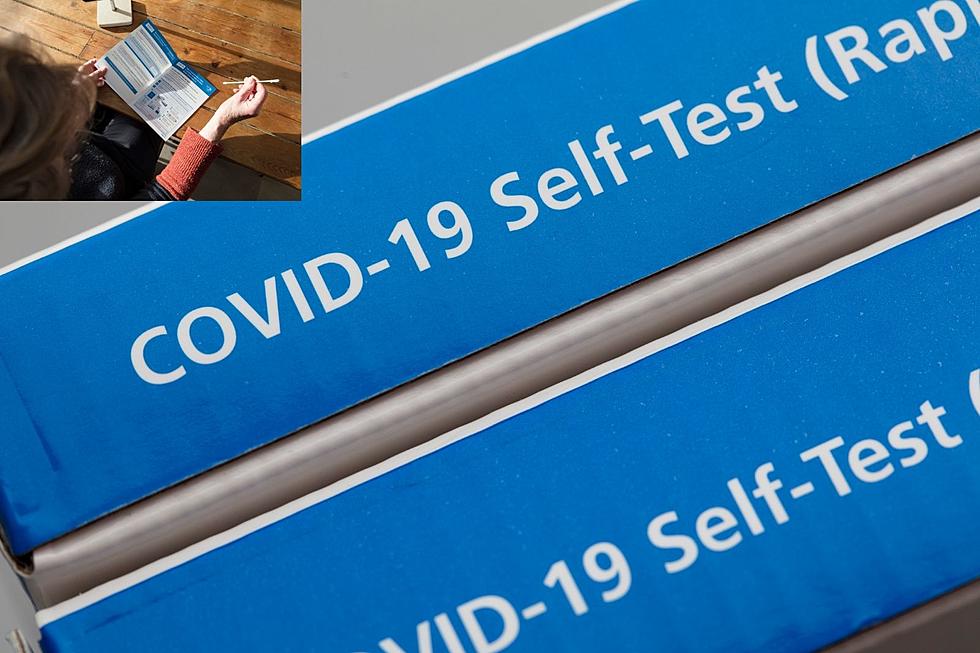
It Turns Out Working From Home Isn’t Just a COVID-19 Thing
One of the many enduring memories of the Coronavirus (Covid-19) pandemic will be the throngs of American workers who were forced to transition from their usual office setting to a makeshift work-from-home scenario. For me, and many others, it was a sometimes-choppy voyage through unchartered waters.
But new numbers suggest that a portion of the nation’s workforce was already well ahead of the remote office concept.
According to research by CapitalCounselor.com, nearly one-third of employees surveyed before the COVID-19 outbreak were already working from home. It’s actually part of a bigger trend in the business world where there’s been a 40 percent increase since 2015 in the number of employers letting employees work from home. In 2018, that accounted for about four percent of the workforce or roughly five million people.
But as big as those numbers are, there’s a much larger contingent of employees that want the perks of a home office.
Eight-in-ten of those surveyed said they want to be able to work from home from time to time and more than a third say they’d leave their current ‘office’ job for a position at another company that offered the work-at-home option. The average remote worker saved about $7,000 annually by not having to go to the office every day.
And it’s not just the employees that are seeing a benefit from working remotely.
Research shows that employers saved some big bucks when they allowed their workers to log in from home – to the tune of $44 billion in reduced office expenses.
It makes you wonder how much this new reality of the ‘virtual office’ will remain in place long after we emerge from the shadow of COVID-19.
Things I Miss as a Result of COVID-19
More From KKRC-FM / 97.3 KKRC









